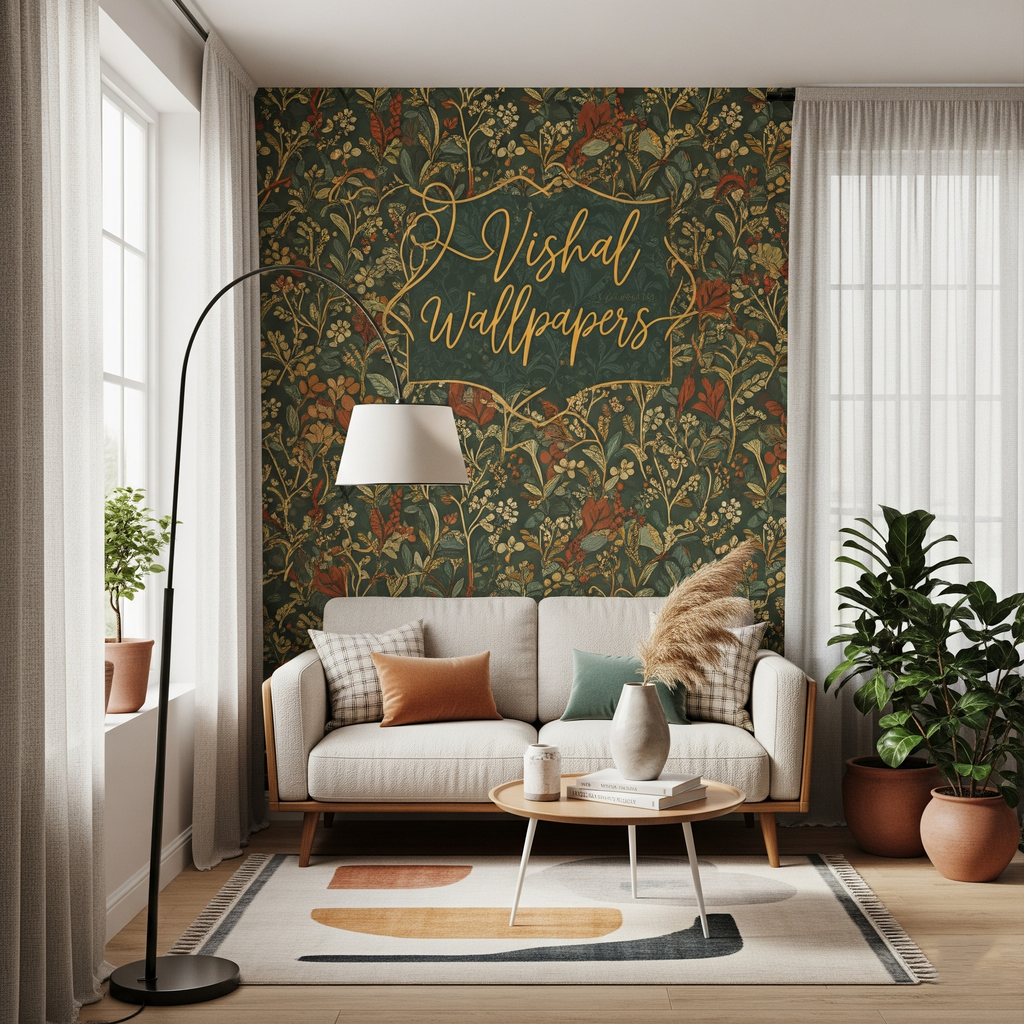
Mastering Layers: A Guide to Mixing Textures & Patterns for Spring Decor

Mastering Layers: A Guide to Mixing Textures & Patterns for Spring Decor
As spring unfurls its vibrant colors outdoors, it's the perfect time to bring that same sense of renewal and comfort into our homes. And there's no more effective way to achieve a truly cozy and inviting interior than mastering the art of layering – specifically, by expertly mixing textures and patterns. Far from being chaotic, thoughtful layering adds depth, warmth, and personality, transforming a flat space into a rich, welcoming haven.
Why Layering Textures and Patterns Works Wonders:
Imagine a room with only smooth, solid surfaces. While minimalist, it can often feel stark and uninviting. Now, picture that same room with soft throws, plush rugs, patterned pillows, and varied drapery. The difference is palpable. Layering creates:
Depth and Dimension: Textures catch and reflect light differently, adding a three-dimensional quality to surfaces. Patterns, on the other hand, provide visual interest and guide the eye, breaking up monotonous expanses.
Warmth and Comfort: Tactile elements like chunky knits, faux fur, or velvet invite touch and instantly make a space feel more comfortable and lived-in.
Personality and Character: Your choice of patterns and textures is a powerful way to express your individual style and tell a story about your home.
Visual Interest: A well-layered room is never boring. The interplay of different elements keeps the eye moving and discovering new details.
Mastering the Mix: A Step-by-Step Guide:
Ready to elevate your spring home with the art of layering? Here's how to approach it:

1. Start with a Foundation (Your Largest Pieces): * Begin with your sofa, large armchairs, or the dominant rug. These big pieces provide your base colors and primary textures. * Tip for Spring: Consider lighter, natural fabrics like linen or cotton for your main upholstery if you're aiming for a fresh feel.
2. Introduce Varied Textures: * Opposites Attract: Think about contrasting textures. If your sofa is smooth linen, add a chunky knit throw, a velvety cushion, or a woven rattan basket nearby. * The Power of Throws: A soft cashmere throw draped over an armchair, a faux fur throw on the bed, or a textured cotton blanket adds immediate warmth and visual appeal. * Rugs are Key: Beyond providing comfort underfoot, rugs introduce significant texture. Consider jute for a natural feel, a shag rug for plushness, or a flat-weave for subtle interest. * Wood, Metal, Glass: Don't forget hard textures! The grain of a wooden coffee table, the sheen of a metal lamp, or the smoothness of glass vases all contribute to the textural story. * Plants: Greenery adds organic texture and life to any room.
3. Weave in Patterns Thoughtfully: * The Rule of Three (or Odd Numbers): A common design principle is to use patterns in odd numbers (3 or 5) for a balanced yet dynamic look. * Vary Scale: Mix large, medium, and small-scale patterns. For example, a large floral print, a medium-sized stripe, and a small geometric or polka dot can work beautifully together. Avoid using too many patterns of the same size, which can feel monotonous. * Color Harmony: While mixing patterns, ensure there's a unifying color palette. This doesn't mean all colors must be identical, but they should belong to the same family or complement each other. Picking one or two colors that appear in all chosen patterns creates cohesion. * Types of Patterns: Don't be afraid to combine different types: * Organic/Floral: Botanicals, leaves, abstract swirls. * Geometric: Stripes, plaids, chevrons, polka dots, trellises. * Animal Prints: Use sparingly for a bold statement. * Abstract/Ikat/Bohemian: More free-form and artistic. * Pillows are Your Best Friend: They are the easiest and most affordable way to experiment with pattern mixing. Start with a solid, then add a large pattern, then a smaller, complementary one.
4. Consider the Room's Function: * In a bedroom, soft, calming textures like silk, velvet, and plush cotton contribute to relaxation. Patterns might lean towards serene florals or subtle geometrics. * In a living room, you can be bolder with a mix of durable textures and more vibrant patterns, inviting conversation and activity.
5. Don't Forget the Walls and Windows: * Wallpaper: A patterned wallpaper can be a fantastic backdrop, establishing a core pattern for the room. * Curtains/Drapery: These offer another opportunity to introduce texture (e.g., sheer linen, heavy velvet) or a complementary pattern.
Bringing it Together for Spring:
For a cozy spring home, lean into lighter textures and patterns that evoke freshness:
- Textures: Linen throws, cotton cushions, lightweight wool blankets, woven wicker accents.
- Patterns: Soft florals, subtle stripes, delicate botanicals, gentle geometrics, or even abstract patterns in muted spring colors (pastels, soft greens, blues)
The art of layering is a journey of experimentation. There are no strict rules, only guidelines to help you discover what feels right for your home. By thoughtfully combining varied textures and patterns, you can create a spring sanctuary that is not only beautiful but also deeply comforting and uniquely yours.







